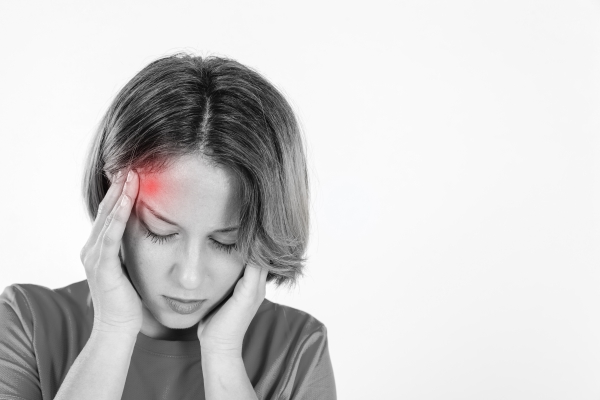Migraine, Headache, Aura, Photophobia, Ergots
Description : Migraine is a disorder that causes recurrent and severe pulsating pain in your head, usually
Article Details :
What is Migraine?
Migraine is a disorder that causes recurrent and severe pulsating pain in your head, usually located on only one side. It can be accompanied by other symptoms such as visual and sensory disturbances. The latter are known as aura and can occur before or during the headache.
Migraine is complex and is one of the most common reason people seek medical help. It is estimated that more than 30 million people in the United States have 1 or more migraine each year. It is more common among women. The World Health Organization (WHO) estimates that around 10% of the world’s population have migraine.
Headaches can be severe in some cases. However, most of them are not due to an underlying life-threatening disorder. Treatment of migraine depends on the type and severity of the condition.
Causes of Migraine
The exact cause of migraine is not completely understood. However, it has been shown that certain factors such as genetics and environmental factors may contribute.
About 70% of people having migraine have a first degree relative with a history of the same condition. Studies have identified certain genes that could possibly be associated with the inheritance of migraine. Other factors may trigger migraines including:
- Changes in hormones, for example, associated with menses, pregnancy or ovulation
- Stress
- Too much or not enough sleep
- Certain medications such as oral contraceptives
- Smoking
- Exposure to bright light
- Some strong odours such as perfumes or petroleum products
- Trauma to the head
- Changes in weather
- Motion sickness
- Lack of physical activity
- Red wine
Certain food or food additives may also be associated with precipitation of migraine such as:
- Caffeine
- Artificial sweeteners
- Monosodium glutamate
- Citrus fruits
- Meats containing nitrites
Risk factors for migraine
Some factors can increase your risk of having migraine including:
- Obesity
- High blood pressure
- High cholesterol levels
- Diabetes
- Stroke
- Coronary heart disease
- Increase in inflammatory markers
- Family history of migraine
- Increased aged
- Female gender
Signs and symptoms
Migraine can be classified into migraine without aura or migraine with aura. Both present with the following symptoms:
- Pulsating or throbbing pain on one side of the head
- Headache aggravated by sneezing, straining or motion
- Nausea
- Vomiting
- Light-headedness
- Increased sensitivity to light
Around 60% of people may experience some other premonitory symptoms prior to the migraine attack. These symptoms can occur hours to days before the onset of headache. These symptoms may include:
- Increased sensitivity to light, sound or odours
- Fatigue
- Food cravings
- Mood lability including depression, euphoria or anger
- Increased thirst
- Loss of appetite
- Constipation or diarrhoea
- Neck stiffness
Migraine with aura, as the name suggests, presents with aura symptoms which includes:
- Flashing lights
- Seeing bright spots or zigzag lines
- Numb or tingling fingers or areas of the face
- Muscle weakness
- Loss of vision
- Loss of sensation in limbs and face
- Speech and language disturbances
Symptoms of migraine may relieve by lying down in a dark and quiet room. The symptoms may last for hours or even days.
Making a diagnosis
Normally, a good history and physical examination is enough to make the diagnosis of migraine. In some cases, further investigations may be required to:
- Exclude other causes of headache that mimic migraine
- Rule out other diseases that can possibly make migraine worse
- Exclude any factors that can affect the choice of treatment
- Measure the levels of migraine medications in your blood to check for how well it is working and whether you are complying with the treatment prescribed.
Special imaging techniques that may be required for the above reasons may be a magnetic resonance imaging (MRI) or a computed tomography (CT) scan. These allow detailed visualisation of the brain and identification of any possible abnormalities causing headache. Some indications for imaging may include:
- Having a first or worst headache ever
- Change in pattern of usual migraine
- Abnormal neurologic findings on your physical examination
- Onset of migraine after 50 years of age
- Presence of fever
- Presence of seizure
Treatment of Migraine
The choice of treatment for migraine depends on the frequency, severity or symptoms of your migraine. Treatment may be classified into acute or preventive treatment. Acute treatment includes medicines taken to alleviate migraine immediately while preventive treatment includes medications that are taken regularly to prevent future Read more




